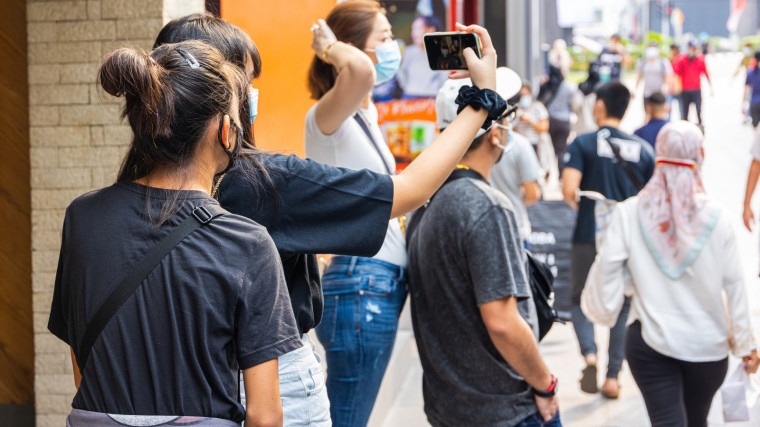|
Audio Version Available
|
Many of us watched in horror the videos of a bloodied man swinging a chopper and attacking a woman at Beach Road on Apr 14.
Several employees from a nearby steamboat restaurant threw things they found on hand to stop the attacker – plastic chairs, bins, signboards – and two other men grabbed ladders from their lorry to push him back. A waitress sought help from employees of a nearby hotel, who alerted the police.
The police said that the group’s actions helped to distract and disorientate the man, helping to prevent him from further hurting the woman. In all, 10 people received Public Spiritedness Awards from the police for their efforts. The 46-year-old man has since been arrested and charged with attempted murder.
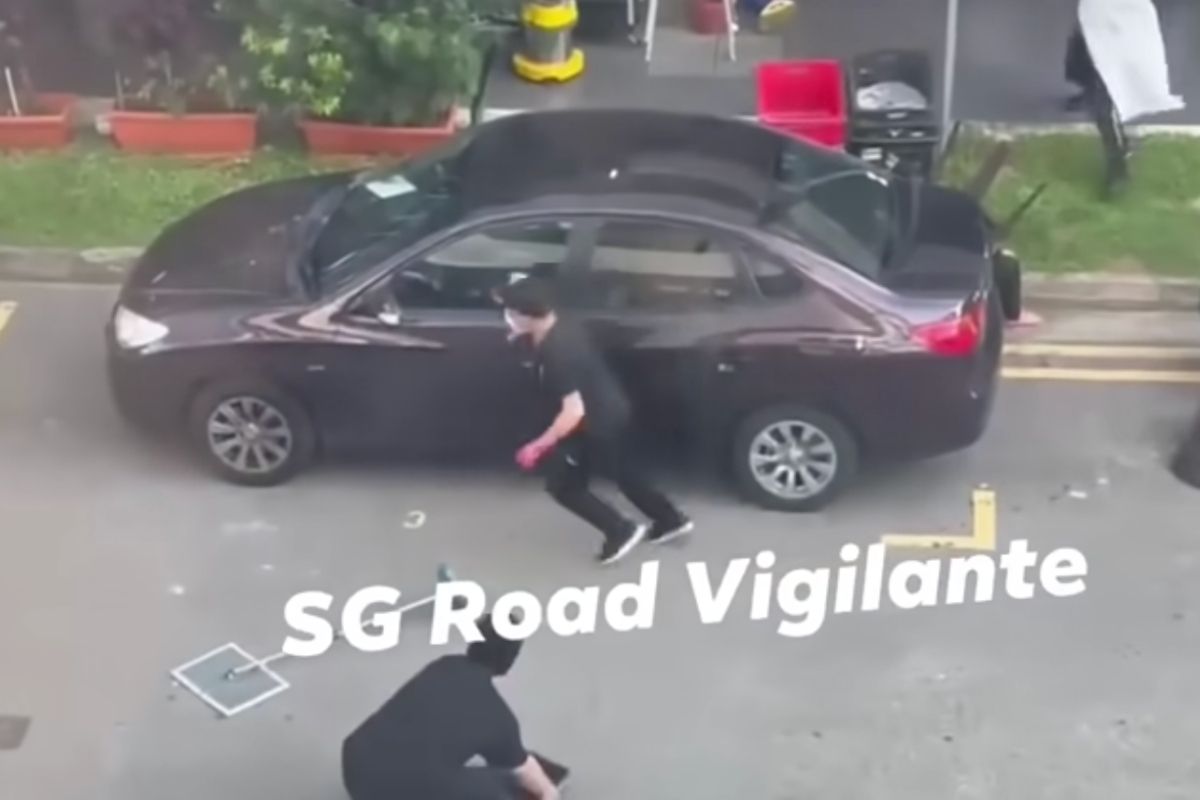
Just last month, a man was charged with voluntarily causing hurt after swinging a samurai sword, injuring a pedestrian and hitting passing cars at Buangkok Crescent. Four men helped pin him to the ground, while a fifth person kicked the weapon away.
Videos of both incidents have gone viral on social media. But what caught my attention was not the unusual level of drama seldom seen in Singapore. It is the bravery of the people who ran towards danger instead of away from it.
But don’t we always mock people in Singapore for being “bochup” (Hokkien for indifferent)?
Not always straightforward to step in
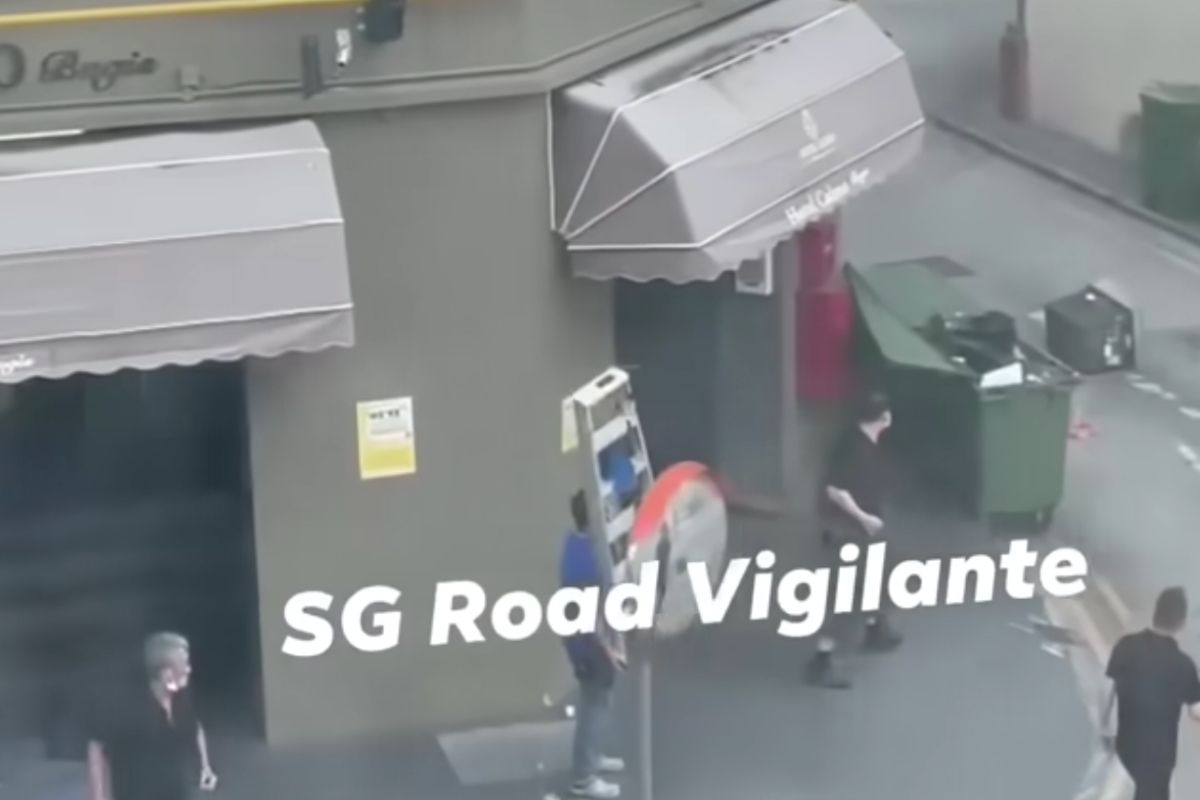
Many lament we would sooner whip out their phones to take videos of fights at a safe distance than intervene.
Before rushing to judge, let’s remember such videos are a big part of why we’re awed by the courage displayed in the Beach Road and Buangkok attacks. And it’s possible we underestimate how often onlookers intervene in smaller situations, simply because no videos were taken.
As Mr Wei Chen Xiang, who helped fend off the Beach Road assailant, said, “Anyone who saw such a thing would have done the same”.
Are these acts of bravery simply human decency?
It’s not always straightforward for an onlooker to step in. Psychologists call it the bystander effect – when a crisis happens in a public place, we are less likely to come forward to help when there is a crowd.
Research shows the average response time increases when more people are present, diluting the pressure to take action which results in inertia. “Someone else must have called the police by now” or “If no one else is doing anything, why should I?”, goes the thought process.
It has elements of social assimilation as well – if others fail to take action, individuals might see this as a tacit sign that a response is not needed.
And of course, there’s also the fear factor when a confrontation is violent. When faced with an assailant armed with a chopper, samurai sword or even bare fists, we quickly do the math and conclude that discretion is the better part of valour.
Taking responsibility for others
But what if the altercations are less obvious or take place out of sight?
One powerful video in the Ministry of Family and Social Development’s “Break the Silence” campaign against family violence portrayed the anguish of an elderly lady concerned about the shouts and cries coming from a neighbour’s flat but hesitating to take action.
We may be afraid of intruding into the personal lives of others, or worried that we’ve jumped to conclusions about the situation.
But as the campaign makes clear, things like family violence aren’t a private matter. Taking a first step to check our suspicions may help to prevent and interrupt an attack.
Other stories you might like

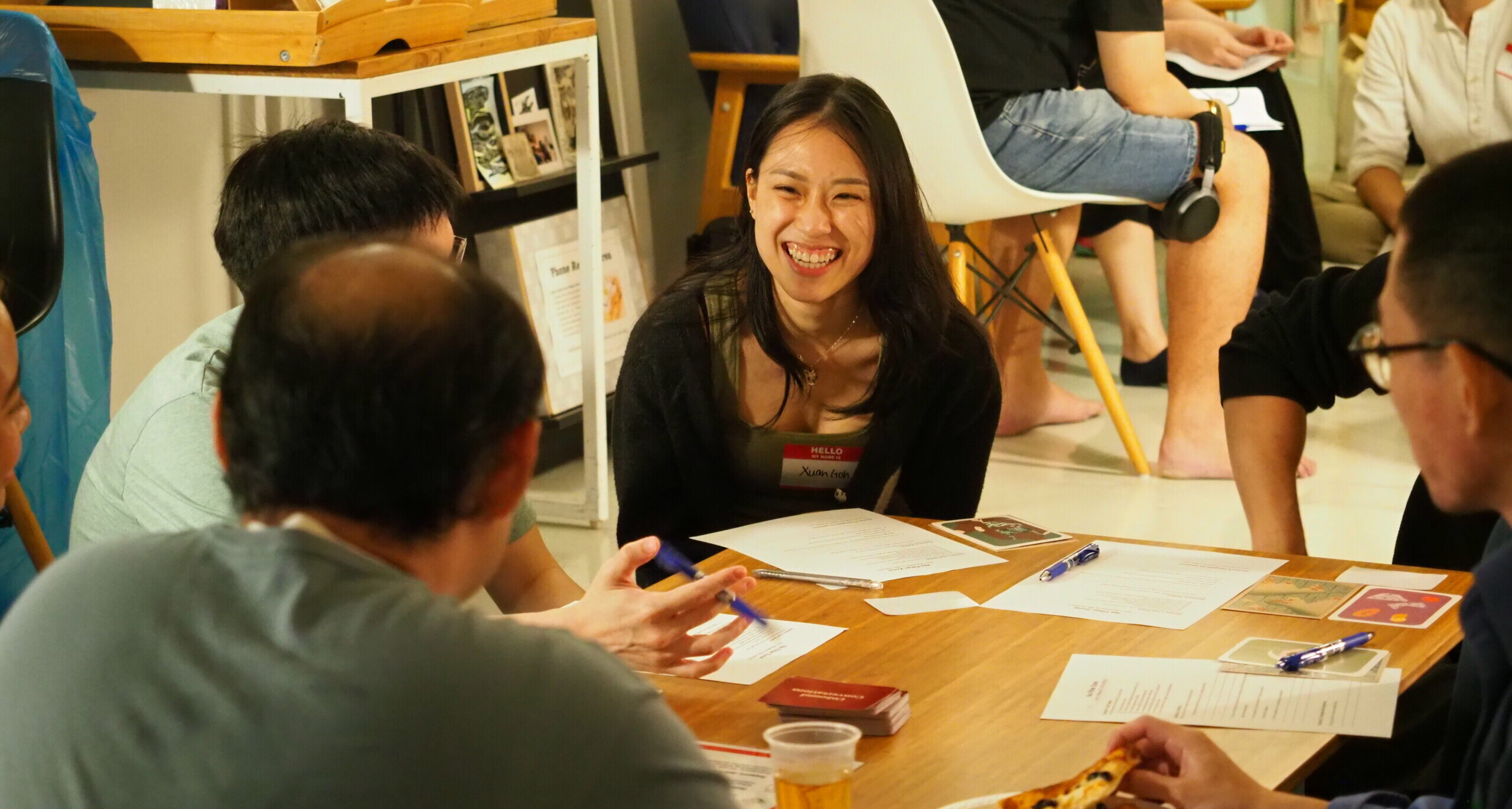
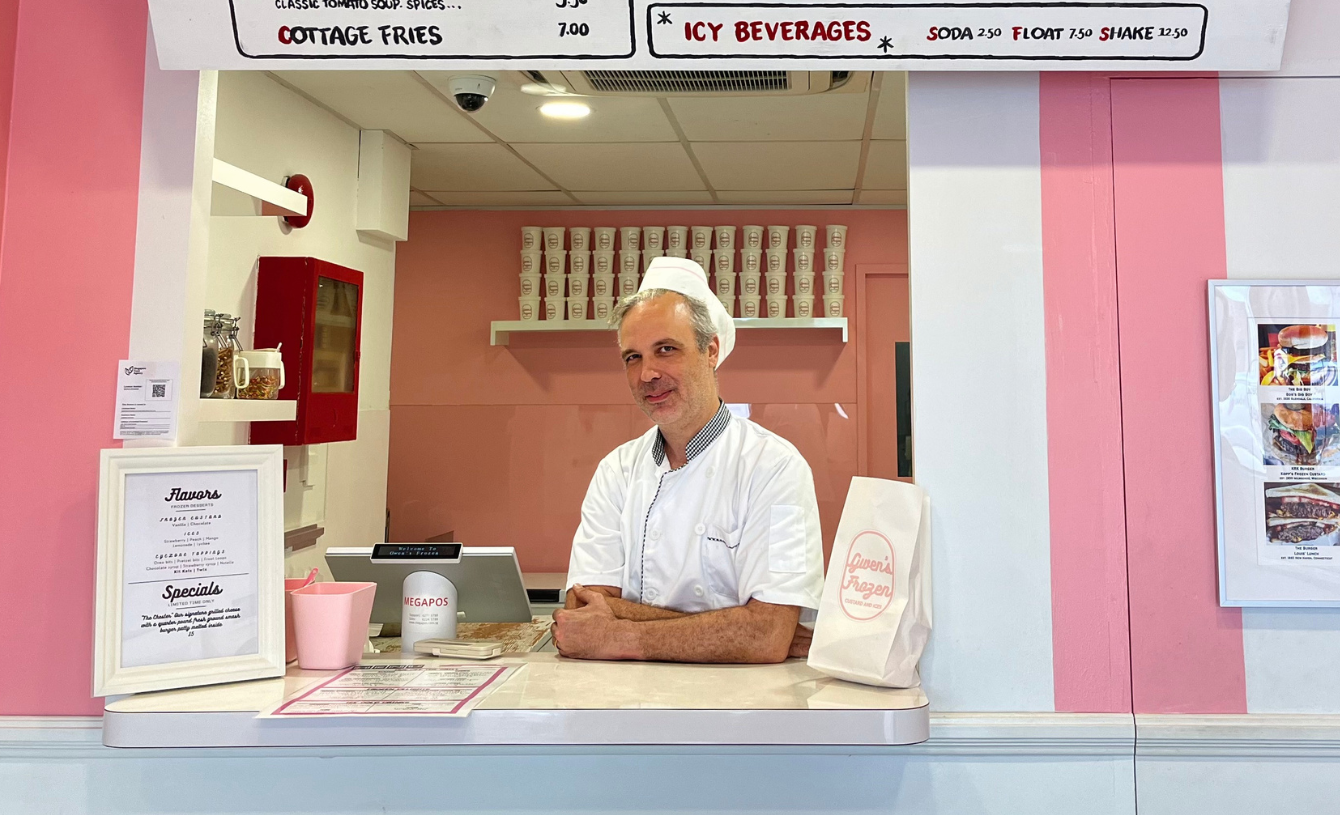
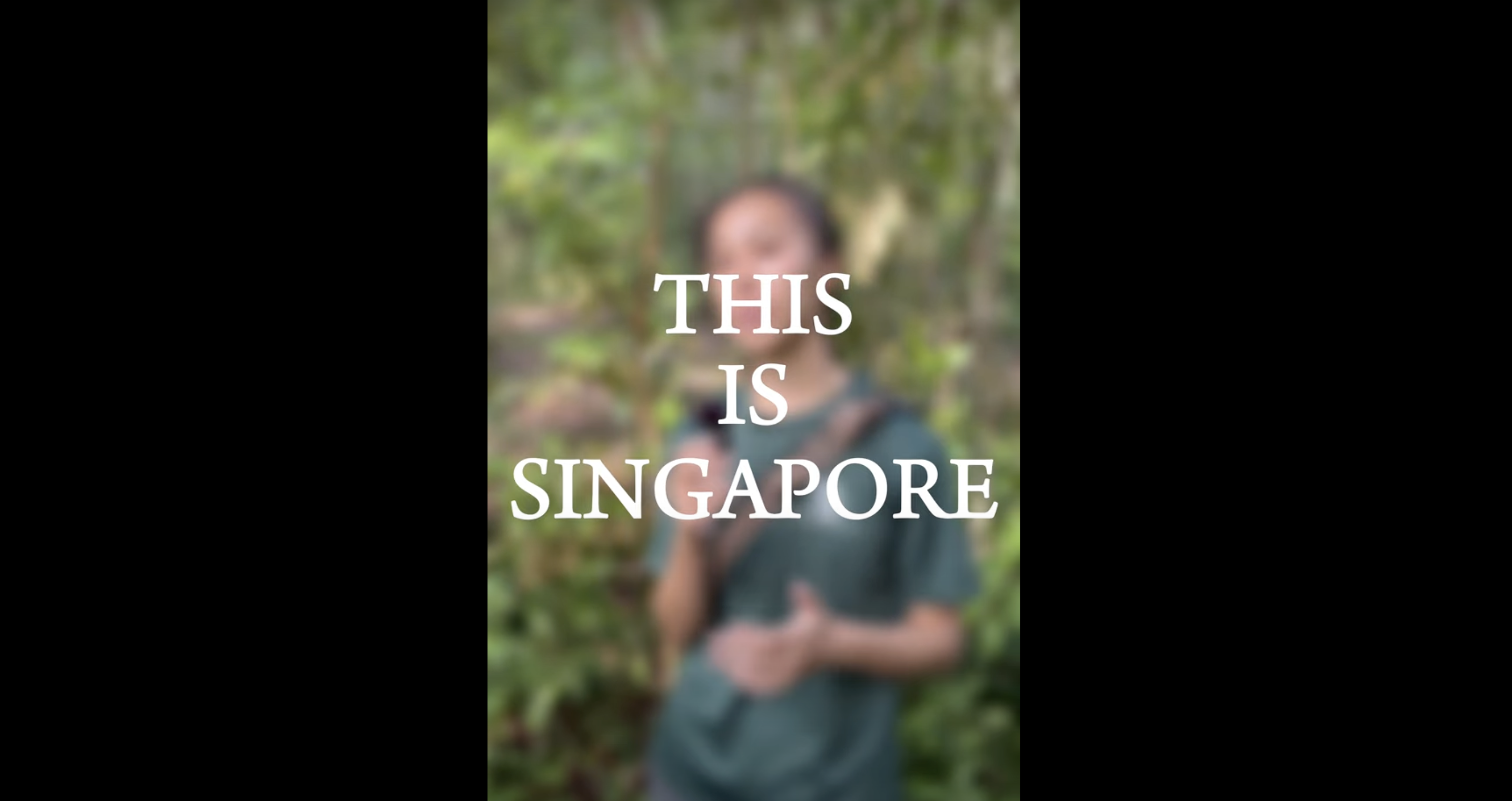
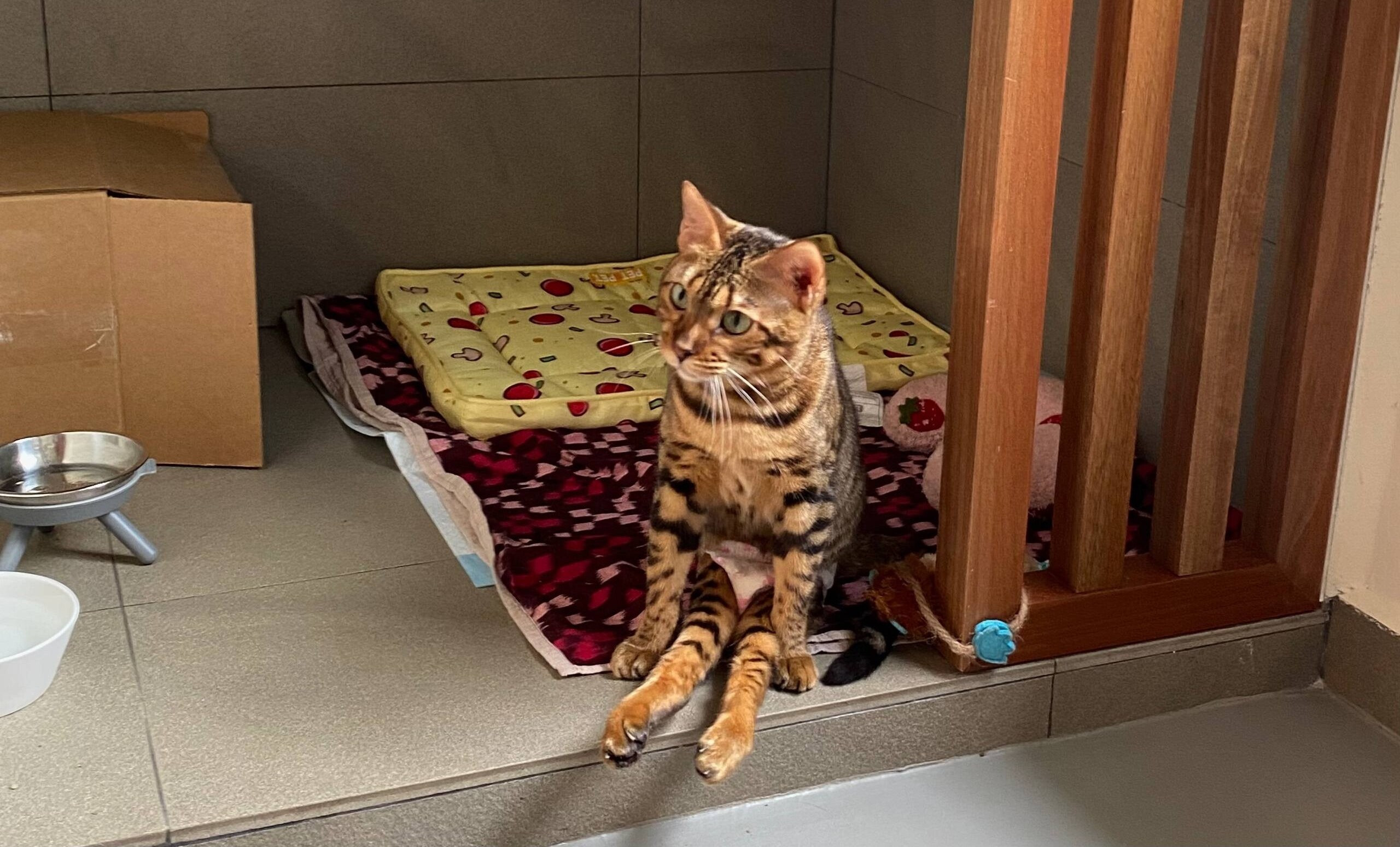
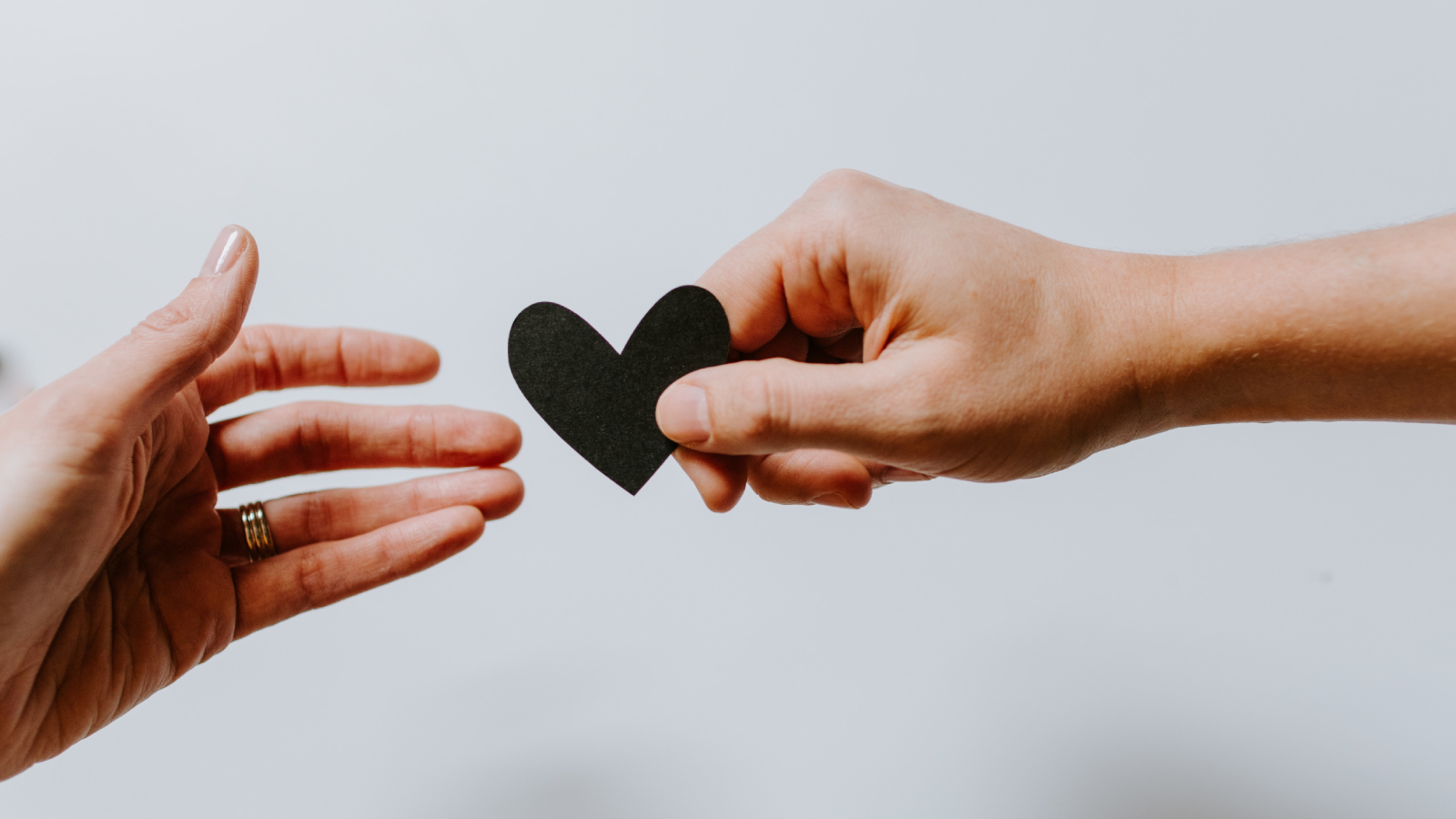
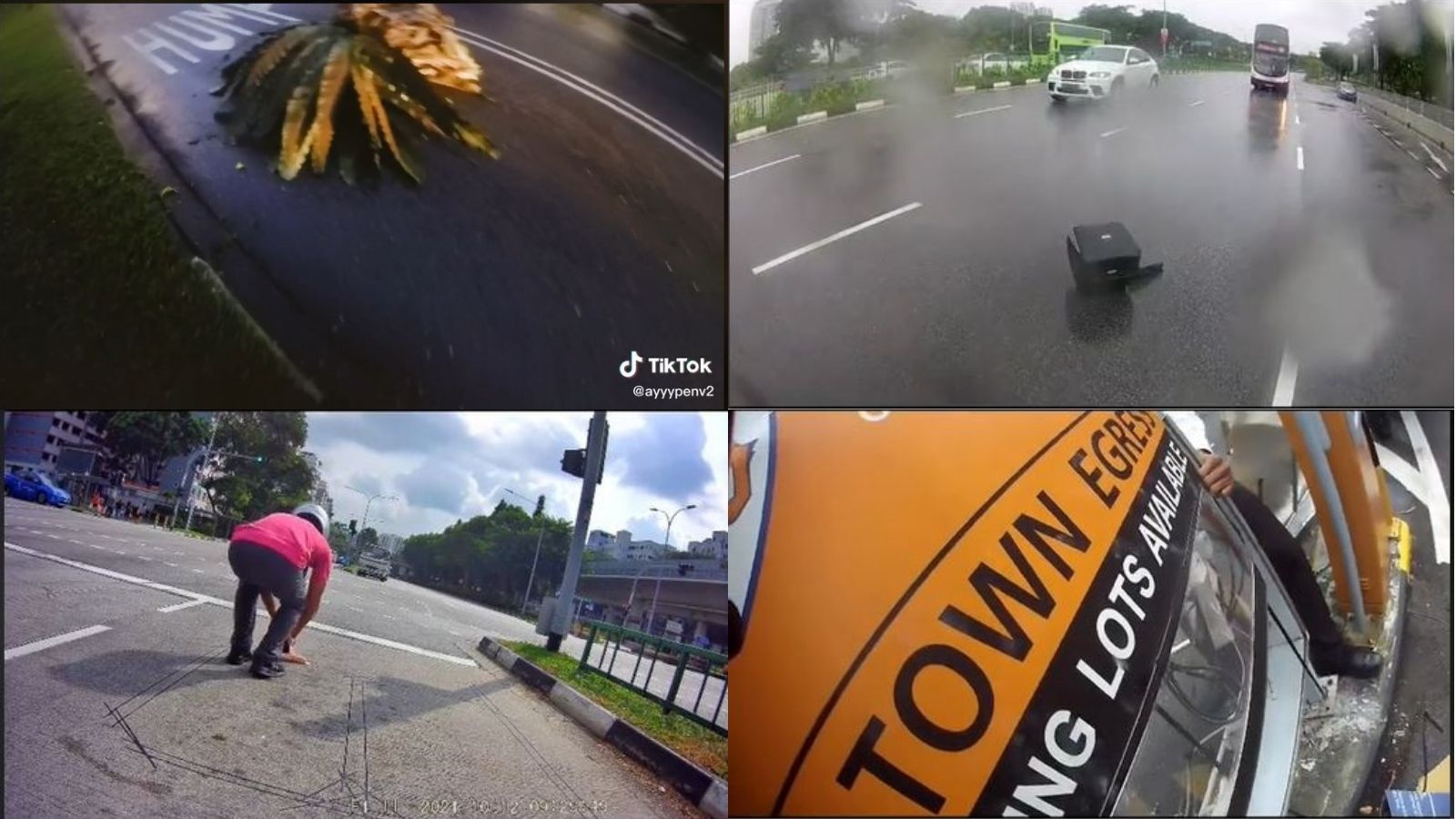
In 2019, veteran diplomat Professor Tommy Koh lamented that Singaporeans lacked the civic mindedness that citizens of an advanced country should have.
In an opinion piece, he set out five tests that Singaporeans must pass to “qualify as a First World people”: Stop littering; have cleaner public toilets; cultural literacy; love for nature and the environment; and importantly, civic mindedness and good manners.
Civic mindedness is a sense of responsibility of a citizen for the wellbeing of society. It is exercising a duty to foster common good for the benefit of all. Hence, kindness, which is defined as other-centeredness, is a form of civic mindedness.
To instil a greater sense of consideration towards others, the Singapore Kindness Movement launched two videos last year. In true Choose Your Own Adventure style, viewers are challenged to decide what they would do when they find a little girl’s lost dress, or when a new resident moves into the neighbourhood.
These were intended to illustrate how small actions (or the lack thereof) can lead to larger consequences. By erring on the side of kindness in life’s grey areas, we would more often than not find ourselves better off in the long run.
Making kindness second nature
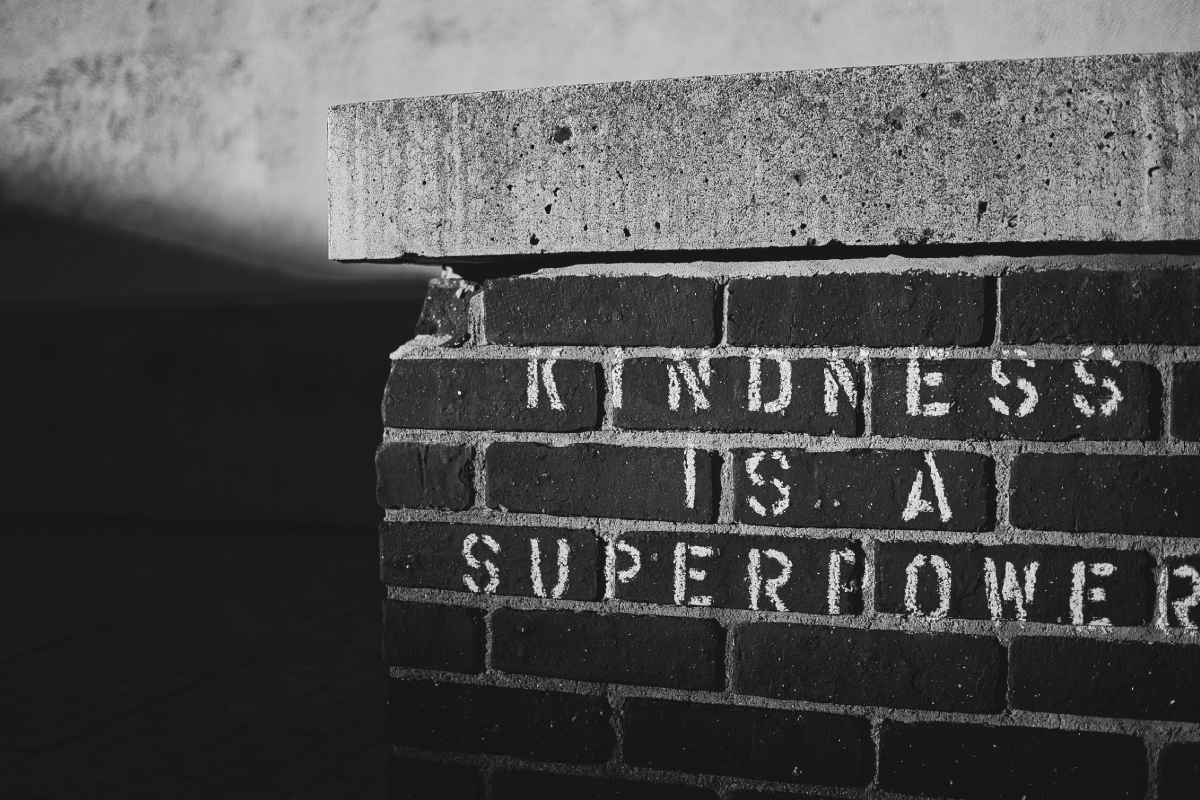
In golf, we are often taught to “visualise the shot”. Even if campaigns tend to bring out situations where there’s a clear right and wrong, there’s no reason why we can’t use them to practise and visualise civic mindedness.
For example, by running through different scenarios and considering how we would respond before they happen – a woman is being attacked; a child is being shouted at; an elderly person is being shoved – we can increase the speed at which we respond when such things do happen.
We’ve already gamed out what we would do in such situations, a sort of muscle training that allows us to scale up to intervene in more critical situations.
What would visualising kindness look like? How about thinking of everyday scenarios – holding the lift for a neighbour; giving up a seat on public transport for a pregnant woman; helping a senior to carry some groceries; or simply giving a nod of greeting or gratitude for a kindness received.
Giving and receiving kindness can become second nature. We become less hindered by doubts or self-consciousness and more considerate in our shared spaces.
By visualising kindness, we prime ourselves to show courage before the need arises. We build our personal sense of right and wrong: That personal integrity which says “I couldn’t live with myself if I did nothing”.
That compassion, together with empathy – rather than sympathy for the victim – will generate the needed courage to overcome our natural fears.
Other stories you might like






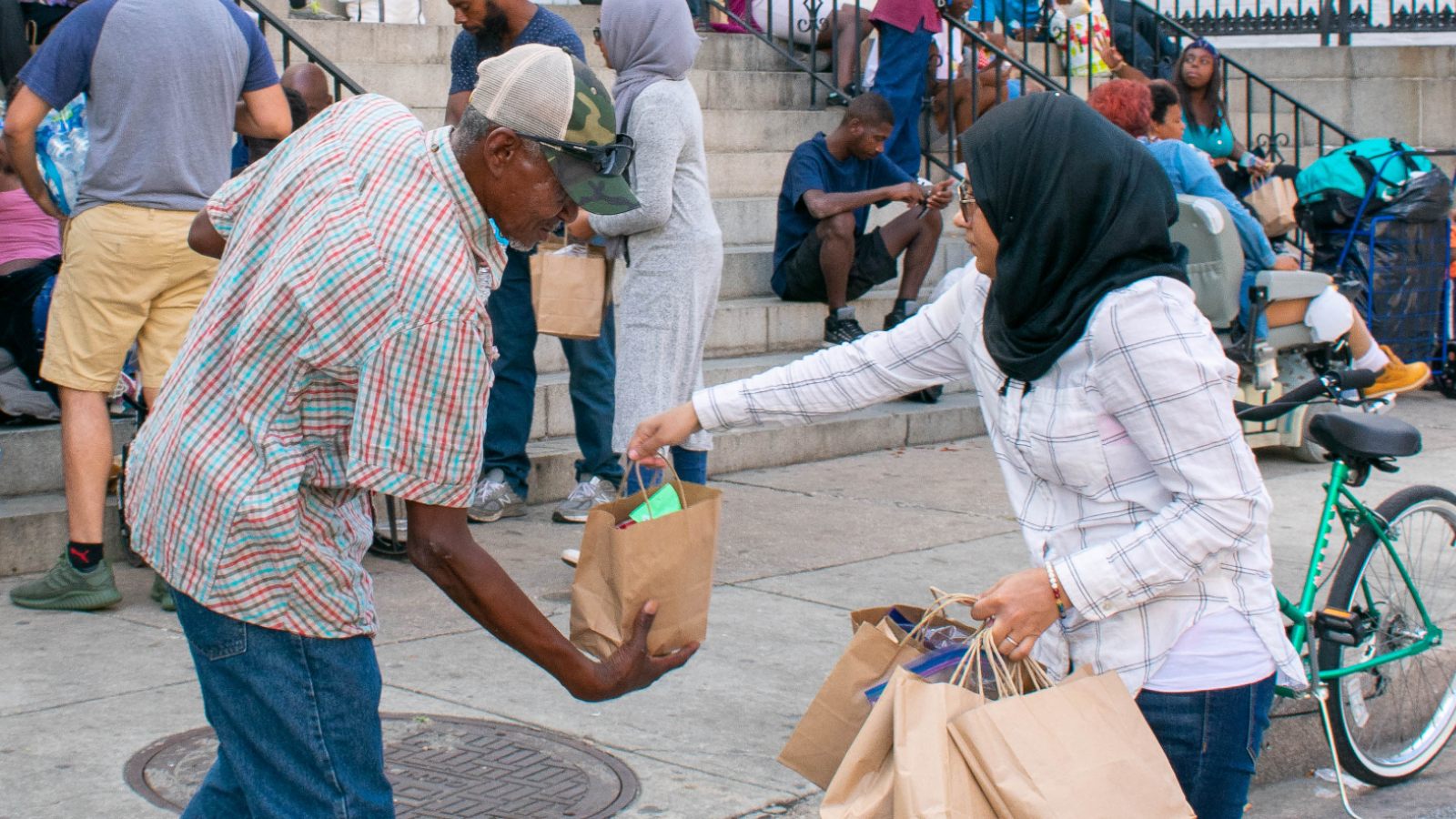
Practising kindness as a lifestyle will help us be more other-centred and less bochup. In time, I believe that stepping in to help rather than standing by to look will become our default action – not just an exceptional pro-social behaviour.
The heroic examples of recent interventions give me hope that we are moving past the bystander mindset towards civic mindedness. People in Singapore have shown that when push comes to shove, they won’t hesitate to step in.
This article first appeared on CNA.
If you like what you read, follow us on Twitter and Google News to get the latest updates.
